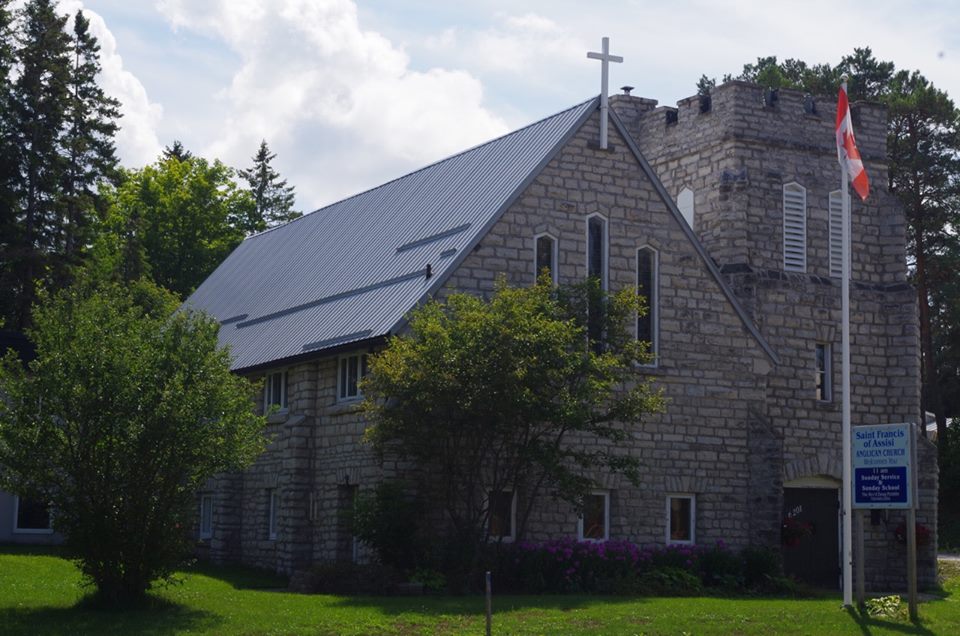 Dear colleagues,
Dear colleagues,
This summer, I visited Manitoulin Island, the island that separates Georgian Bay from the rest of Lake Huron. Manitoulin is important to me because of family connections, but also for a more recent connection: when I lived in England, I knew a retired priest named Bill Taylor, who had been born on Manitoulin in the 1930s. Bill’s father, Richard, was also a priest and, at the time of Bill’s birth, was serving on Manitoulin.
Bill wrote a wonderful memoir in which he tells the story of Richard’s ministry. When Richard arrived on Manitoulin in 1932, there were few church buildings, and so he set about constructing a church for the community of Mindemoya. Richard organized labourers on the island to quarry stone and transport it to Mindemoya. He made trips to Toronto seeking cast-off church objects, carpet, candlesticks, and whatever else he could manage to finagle out of well-meaning Torontonians.
He also asked for money. In one passage in Bill’s book, he tells of how Richard was working on the new church with a group of local residents when a nice car drove by and a well-dressed man stepped out. The man said: “This is a mighty-fine Church to be building up here in the backwoods. It’s more suitable to a city. How are you raising the money in these hard times?” Richard replied: “It’s like this. All the men you see here are giving their labour, which is all they have to give. Every time someone drives up in a fine car like yours and asks your sort of question, I ask him for a donation.” The man pulled $50 out of his wallet, handed it over to Richard, and drove away.
(This summer, of course, I had to visit St. Francis Church in Mindemoya, which is of gorgeous stone construction. Services every Sunday at 11am.)
It can sometimes seem the case, in this day and age, that our church buildings are more hindrance than help. But I love this story because it offers some essential insight into the role of the church. The church exists by and because of the members of its community. That’s why Richard incorporated so many local residents into his work, giving what they were able to give. But it is also connected, in time and space, with people around the world whom we invite into our work. But the invitation has to be there, whether it is as gentle as “Come join me at church” or as straightforward as, “You look like you have money. Could you give us some of it?”
Richard’s work provides one understanding of the work of Christian leaders. Christian leaders gather together a community of people for the common work of praising God, each offering the gifts they have to share. Christian leaders also ensure that that community is connected beyond its local borders to people far and wide so that the community can be enriched and broadened by the gifts of others. The result of this leadership is that the local and the global come together and God’s name is praised. That is an apt description of the churches we are called to build and an example of the mission of God in which we are called to join.
Faithfully yours,
Jesse Zink
This reflection was written by College Principal Jesse Zink for this week’s Wingèd Ox, a community news digest named for our patron, St. Luke, and published weekly during the term on Monday (or Tuesday when Monday is holiday). Photo: St. Francis of Assisi Anglican Church in Mindemoya, Ontario.

